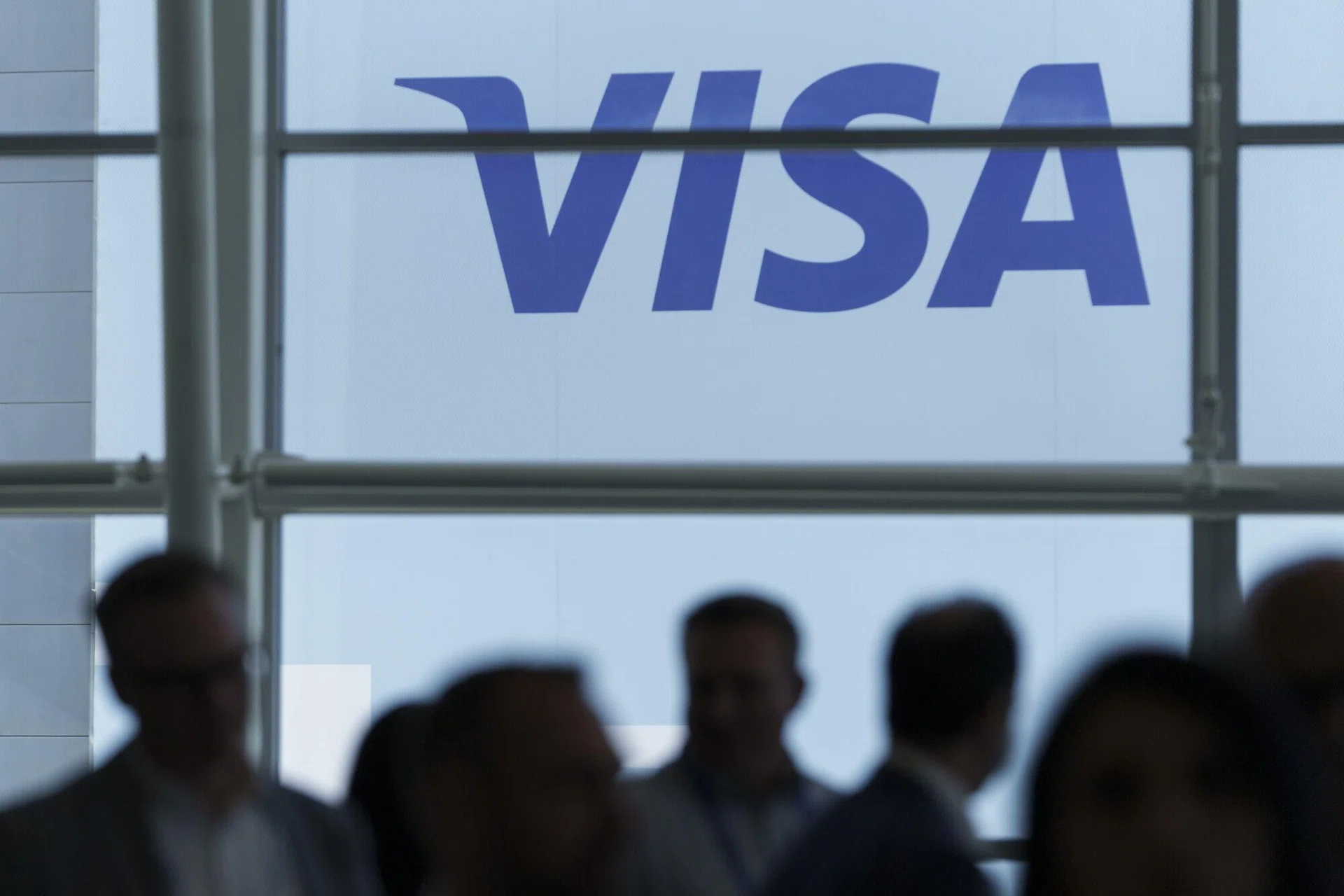Visa announced on Tuesday at the Sibos 2025 conference in Frankfurt that it has begun testing stablecoins for cross-border pre-funding, marking its most direct move yet to bring blockchain into its global payments network.
The pilot, run through Visa Direct, lets banks and remittance companies pre-fund accounts with Circle’s USDC and EURC instead of locking up cash across multiple currencies. For operators, the current model often means scattering tens of millions of dollars in local accounts just to keep transactions moving. Visa’s approach condenses that into a single stablecoin treasury, cutting settlement windows from days to minutes in early tests.
The real change is about liquidity as much as speed. With capital freed from dormant balances, banks and remitters can deploy cash more efficiently. Visa says recipients will still get paid in local currency, with the stablecoins only serving as prefunding behind the scenes.
“This lays the groundwork for money to move instantly across the world, giving businesses more choice in how they pay,” said Chris Newkirk, president of commercial and money movement solutions at Visa.
The move falls under Visa Direct, now led globally by Vira Platonova, who has described stablecoins as a “powerful extension” of the network. Under her leadership, non-card rails like Currencycloud and VPL are also being optimised.
The US Genius Act, passed earlier this year, gave stablecoin issuers clear rules and unlocked pent-up institutional demand. For years, these tokens were trapped in a gray zone—useful in crypto trading but too risky for mainstream finance. With regulation now in place, Visa can fold them into its network without leaving banks exposed on compliance.
That shift also raises the stakes. If stablecoins really do become financial plumbing, regional banks that depend on correspondent fees could see their margins erode. Visa, however, is betting on integration rather than disruption. Its pitch is that decades of payments infrastructure are too entrenched to rip out, so stablecoins are being woven into the existing rails rather than replacing them.
This pilot builds on Visa’s partnership with Yellow Card earlier this year to test USDC in African markets. That project proved stablecoins could bypass volatile local currencies and speed up remittances. In places with strong on- and off-ramps, transfers landed in minutes rather than days. Taken together, these moves highlight Visa’s strategy: push stablecoin adoption in high-friction markets like Africa while threading them into mainstream treasury operations in the US and Europe.
Visa has not disclosed partners, transaction volumes, or corridors for the new pilot. Early results suggest faster payouts and lower FX spreads are possible if liquidity on-ramps are ready. The company expects wider rollout in 2026. For now, the pilot signals that stablecoins are no longer just crypto’s side experiment. They are being wired into the pipes of global finance. Visa is betting that the future of payments isn’t about replacing banks but making their systems move at blockchain speed.
Get passive updates on African tech & startups
View and choose the stories to interact with on our WhatsApp Channel
Explore




